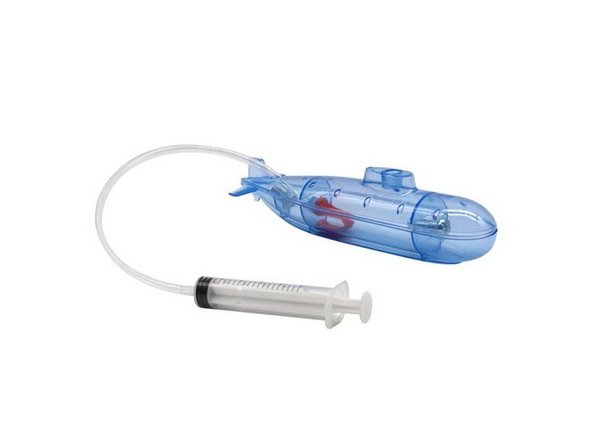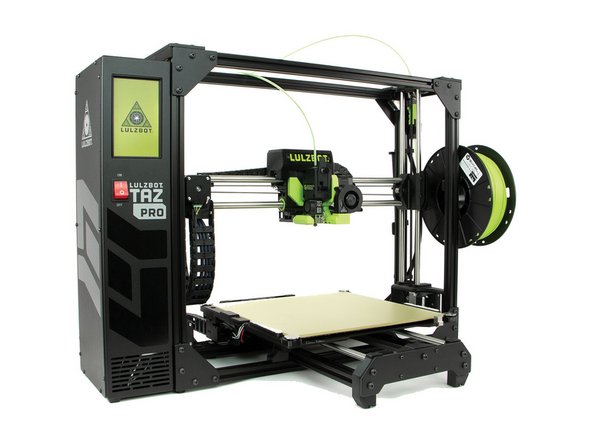Introduction
Getting into CAD can be daunting. Like code, it can feel like learning a whole new language - or art, in this case. Well, fear not, Robotics @ Maryland is here to help! By taking this course, you’ll get valuable experience in 3D printing, modeling, and understanding submarine buoyancy in an open-ended project. You’ll even get to keep what you make!
The mini-sub is a required project for freshmen and sophomore students, or those without significant CAD experience. By the time you’re a junior, most of you will have taken Intro to CAD. This is supposed to be a smaller version of that!
Even though this is fairly open-ended, we do have some requirements to make sure you’re learning.
Requirements for completion:
- Completely enclose and fit a water balloon and small tube in the back.
- The largest your sub can be is 6”Lx3”Wx4”H. Your enclosure needs to be around 6x3x3 to properly fit the balloon, with an extra inch at the top of extra design.
- Needs to look like a submarine (no boxes!).
- Your submarine must also have a Sail and small windows.
The rest is up to you. Good Luck!
-
-
In essence, a submarine is a tank of air that is designed to both keep you alive and move underwater, among other things.
-
What we're focused on is how they move up and down. Unfortunately we don't have thrusters for our subs. But we can use science to help it dive and surface.
-
-
-
A submarine is a controlled open system. This means outside mass can enter and leave. The submarine uses this to its advantage by controlling its weight.
-
A submarine has a fine tuned weight so it floats on its own. Then as it wants to sink, its tanks (called "ballasts") fill with water. Water has now entered the system - and when the weight of the system is more than the water it displaces, then it sinks!
-
Ships and submarines can float because their mass is less than the water they displace. It's the same reason oil floats on the surface of water!
-
Here's how ships float: if you take the volume of the submerged part of the ship and multiply by the density of water, that's how much the ship weighs.
-
-
-
Our sub works in a similar way! When the balloon inflates, you're displacing a lot of water with air which is really light, causing it to float.
-
When the balloon deflates, much less water is displaced, causing it to sink.
-
We do this using a syringe that you can control from outside the water. This is connected to a balloon so you can control how much air's in the system.
-
-
-
To make your own, you'll be learning how to 3D print on our printer! Review the 3D printing trainings for the necessary software and running a print.
-
This guide will be focused on making the actual model. We'll be doing this in SOLIDWORKS, our main modelling software. Be sure to download this through terpware.umd.edu!
-
Cancel: I did not complete this guide.
10 other people completed this guide.




